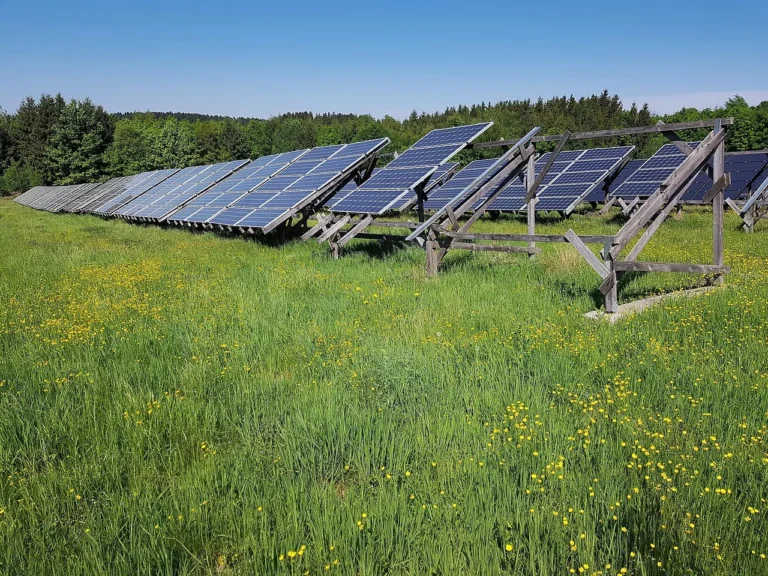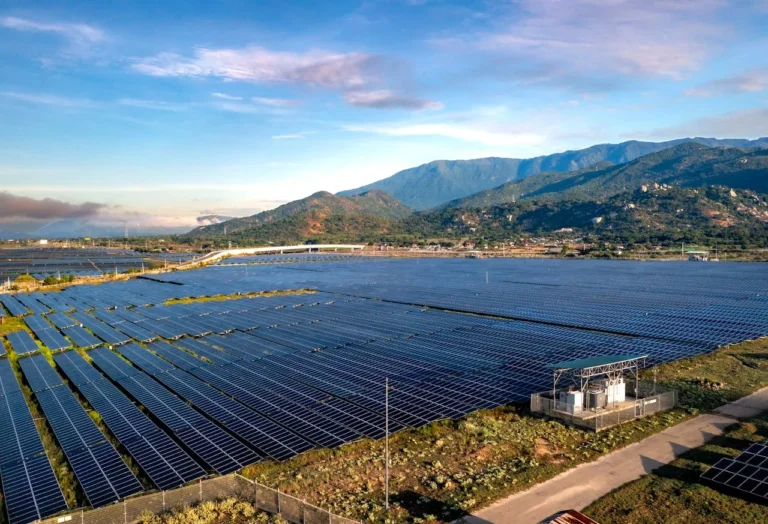
Piersica Awarded $1.9 Million U.S. Army Contract to Advance Ultra-High Energy Density Battery Technology
Piersica, Inc., a pioneering technology firm specializing in the development of cutting-edge energy storage solutions, has secured approximately $1.9 million in funding from the U.S. Army as part of a Small Business Innovation Research (SBIR) Phase II contract. The award marks a significant milestone in Piersica’s mission to deliver advanced battery systems designed to meet the growing energy demands of defense applications and next-generation military platforms.
This new Phase II contract follows the successful completion of a Phase I SBIR contract with the Army in November 2024. During Phase I, Piersica laid the groundwork by demonstrating the feasibility of its proprietary ultra-high energy density battery technologies. The successful results enabled the company to qualify for continued support under Phase II, which carries the theme “Energy Demand Reduction and Clean Energy Tech.” This broader initiative by the U.S. Army is intended to foster innovation in energy systems that can reduce the military’s energy footprint while enhancing mission capability.
The SBIR program is a competitive, phased funding mechanism that enables small, high-tech companies to develop and commercialize innovative solutions that meet critical federal needs. The Phase II award is reserved for firms that have demonstrated the potential of their technology during Phase I and are now ready to move forward with further development, testing, and refinement. According to the Army, these projects should offer not only technical innovation but also a clear path toward commercialization and integration into military operations.
“We are excited to have earned Piersica’s third Army SBIR Program contract in the last three years,” said Claudiu Bucur, Chief Executive Officer of Piersica, Inc. “This latest funding will allow additional development to be completed, aiding in the maturation of Piersica’s technology, which is critical for the commercialization of future defense applications such as portable electronics, long-range drones, autonomous systems, electric ground vehicles, and portable energy weapon platforms. We look forward to working with the U.S. Army on commercializing our next-generation battery technology for a wide range of military applications.”
The $1.9 million award will support Piersica over the next 15 months as the company continues to refine its advanced energy storage system. The primary goal of the Phase II effort is to demonstrate the technical feasibility and operational potential of a revolutionary ultra-high energy density battery cell. Specifically, Piersica aims to develop a cell prototype with energy density, storage capacity, and cycle life that far exceed the performance of current state-of-the-art lithium-ion battery technologies. Such advancements would not only enhance the power and endurance of mission-critical systems but also reduce the logistical burden associated with battery recharging and replacement in field environments.
Key to Piersica’s technological advantage is its suite of proprietary innovations that redefine the performance envelope of energy storage. These include a specialized polymer electrolyte that enhances ionic conductivity and thermal stability, as well as a patented lithium-conductive fiber anode mat that significantly boosts charge capacity while maintaining structural integrity over prolonged use. The result is a lightweight, high-capacity battery cell that could power a wide range of military and commercial applications—offering longer operational life, faster recharging, and greater energy efficiency.
In addition to receiving direct funding, the Phase II award gives Piersica access to an extensive support ecosystem within the U.S. Army. This includes collaboration with subject matter experts in technology development, acquisition strategy, and operational implementation. These experts will work closely with Piersica’s engineering and leadership teams to ensure that the technology aligns with the Army’s specific mission needs and long-term modernization plans.
This collaboration is particularly important given the growing emphasis the U.S. military is placing on energy resilience and electrification. As the Department of Defense transitions toward more sustainable and mobile energy infrastructures, advanced battery systems like those developed by Piersica are poised to play a central role. From powering unmanned aerial vehicles and autonomous ground units to enabling next-generation soldier-wearable technologies, reliable and portable energy solutions are increasingly mission-critical.
Beyond defense, Piersica’s innovations also have significant potential across a wide range of civilian markets. The company’s ultra-high energy density cells are well-suited for consumer electronics such as smartphones, tablets, and laptops, offering increased battery life without added bulk. Additionally, their lightweight design and extended range capabilities position them as an attractive option for electric vehicles (EVs), where range anxiety and battery weight remain major adoption hurdles. With the energy storage sector rapidly expanding to meet the demands of smart devices, renewable energy storage, and electric mobility, Piersica is strategically positioned to become a key player in multiple high-growth industries.
Piersica’s technology could also catalyze innovation in emerging markets such as robotics and electric aviation. Both sectors require lightweight, high-capacity batteries capable of delivering sustained power output for extended periods—capabilities that Piersica’s technology is designed to offer. In electric flight, for example, every gram counts, and the ability to reduce battery weight without compromising energy storage could unlock new design possibilities and operational efficiencies.
The recent award marks Piersica’s seventh overall SBIR contract and its second SBIR Phase II grant. To date, the company has received a cumulative total of $3.8 million in SBIR grants from the U.S. Army, the U.S. Air Force’s AFWERX innovation program, and the National Science Foundation. These grants have allowed the company to steadily mature its core technologies and expand its engineering and research teams.
This funding history reflects not only the technical strength of Piersica’s innovations but also the growing interest from federal agencies in next-generation battery technologies. Government funding agencies are increasingly seeking scalable, domestic solutions that enhance energy security and reduce dependency on foreign supply chains for critical materials like lithium and rare earth elements.
As the company progresses through its current development phase, it will also explore strategic partnerships and commercial licensing opportunities to accelerate time to market. With several prototypes already undergoing validation testing and additional milestones planned for demonstration in operationally relevant environments, Piersica is on a clear trajectory toward commercialization.
In the coming months, Piersica will work in tandem with Army labs and field units to gather feedback on prototype performance in simulated and live operational conditions. The insights gathered will help fine-tune the technology, ensuring that it meets the rigorous standards of military deployment. Moreover, these collaborations will serve as the basis for potential integration into future Army acquisition programs, including long-duration surveillance platforms, expeditionary combat systems, and soldier-borne energy systems.
With energy systems playing an increasingly critical role in modern warfare and national security, Piersica’s advancements come at a pivotal time. The company’s success demonstrates how small, innovation-driven firms can play a vital role in shaping the future of military technology and energy infrastructure. Through its continued partnership with the Department of Defense and other federal agencies, Piersica is not only advancing the science of energy storage but also contributing to a more secure, sustainable, and energy-resilient future.










